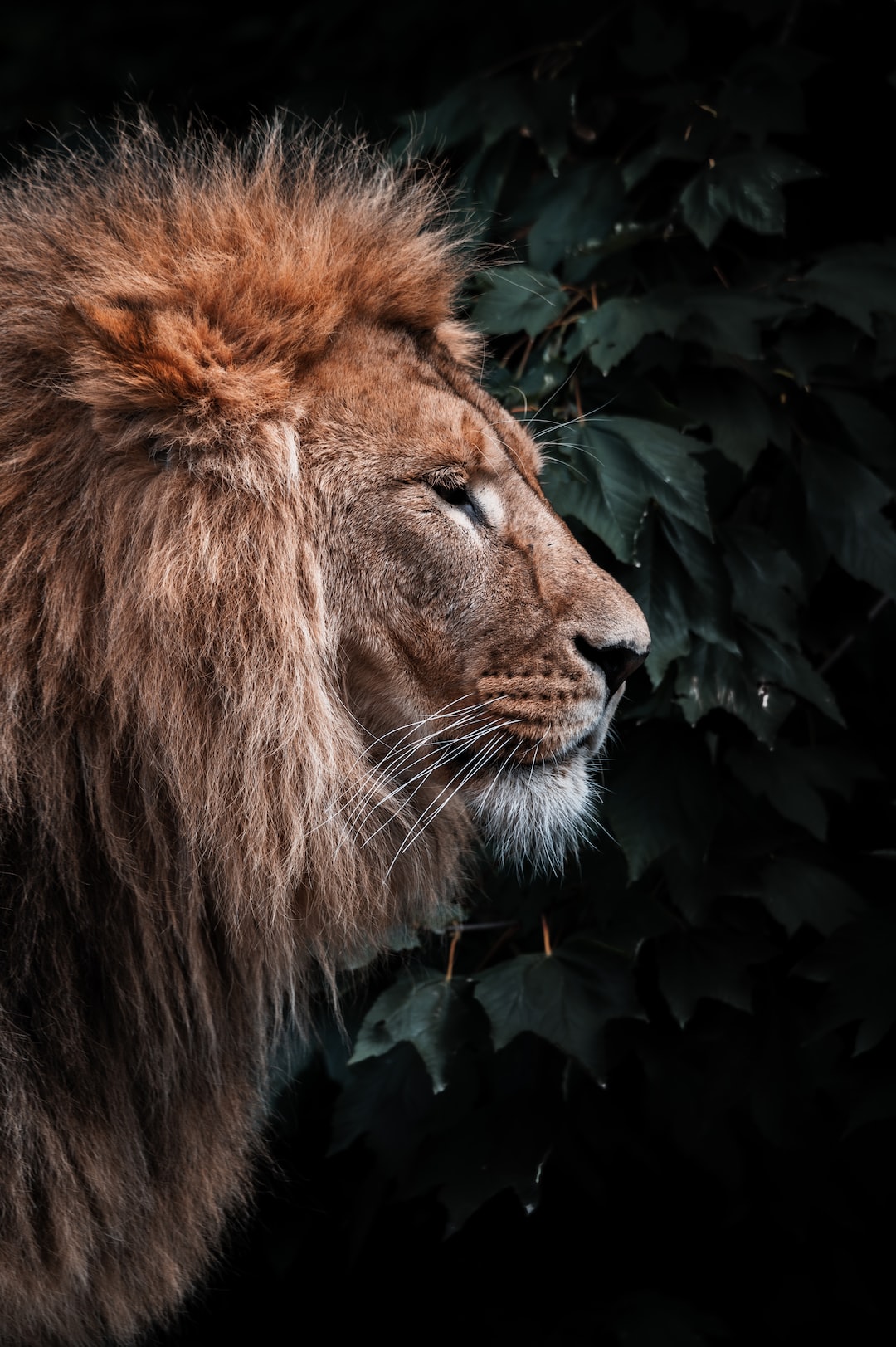The Wonders of Camouflage: How Animals Evolved to Blend In with Their Environment
Nature never ceases to amaze us with its infinite variety of adaptations. Among the most remarkable of these adaptations is the phenomenon of camouflage, where animals have evolved to blend seamlessly into their environment. This incredible ability allows them to hide from predators, stalk prey, and survive in even the most unforgiving habitats. From chameleons to arctic foxes, the wonders of camouflage are evident across the animal kingdom.
Camouflage, derived from the French word “camoufler” meaning to disguise, refers to the act of concealing oneself by blending in with the surroundings. It is a defense mechanism employed by numerous species worldwide. This remarkable adaptation has evolved independently in many different lineages of animals, resulting in a plethora of fascinating camouflage strategies.
One of the most well-known examples of camouflage can be found in the chameleon. With its unique ability to change color, the chameleon can instantly match its skin pigmentation to its environment, whether it be the vibrant greens of a leafy canopy or the earthy browns of a tree trunk. This incredible adaptation allows the chameleon to become practically invisible, making it an incredibly effective stealth predator. It can patiently wait, concealed from both its prey and predators, until the opportune moment to strike arises.
Another incredible example of camouflage can be observed in the cuttlefish. These masters of disguise possess the ability to rapidly change not only their color, but also their skin texture and pattern. By altering their appearance, cuttlefish can mimic the texture of coral or the pattern of a lethal predator, fooling both prey and predators alike. This adaptive behavior allows them to navigate their environment undetected, aiding in their survival.
Beyond color and texture manipulation, some animals have evolved even more astonishing camouflage techniques. Take, for instance, the walking stick insect. As its name suggests, this insect has perfectly evolved to resemble a twig or branch, blending in seamlessly with its surroundings. This remarkable disguise discourages potential predators from picking it out as prey, allowing it to survive and reproduce successfully.
Another form of impressive camouflage can be observed in the arctic fox, an inhabitant of barely hospitable cold regions. During the winter months, this fox’s fur turns from a brownish-gray to a brilliant white, allowing it to blend in with the snowy landscape. Not only does this disguise protect it from predators, but it also helps it stealthily approach its prey, such as lemmings, which are essential for its survival in such harsh conditions.
In addition to these well-known examples, countless other species have evolved remarkable camouflage to enhance their chances of survival. From cryptic coloration and mimicry to disruptive patterns and even structural adaptations, camouflage has shaped the appearance of countless animals.
The evolution of camouflage is a continuous arms race between predators and their prey, each striving to stay one step ahead of the other. The selective pressure exerted by predators has driven the development of highly effective camouflage strategies, pushing animals to evolve their appearances over time. Those individuals that possess traits that better blend with their surroundings are more likely to survive, reproduce, and pass on their genetic material, thereby propagating the camouflage adaptations to future generations.
The wonders of camouflage leave us in awe of nature’s creativity and ingenuity. The ability of animals to blend perfectly into their environment is a testament to the power of evolution and adaptation. From the intricate color changes of the chameleon to the masterful mimicry of the cuttlefish, every instance of camouflage showcases the remarkable diversity and beauty that exists in the natural world. It is a constant reminder that there is much more to discover and learn from the wonders that surround us.
